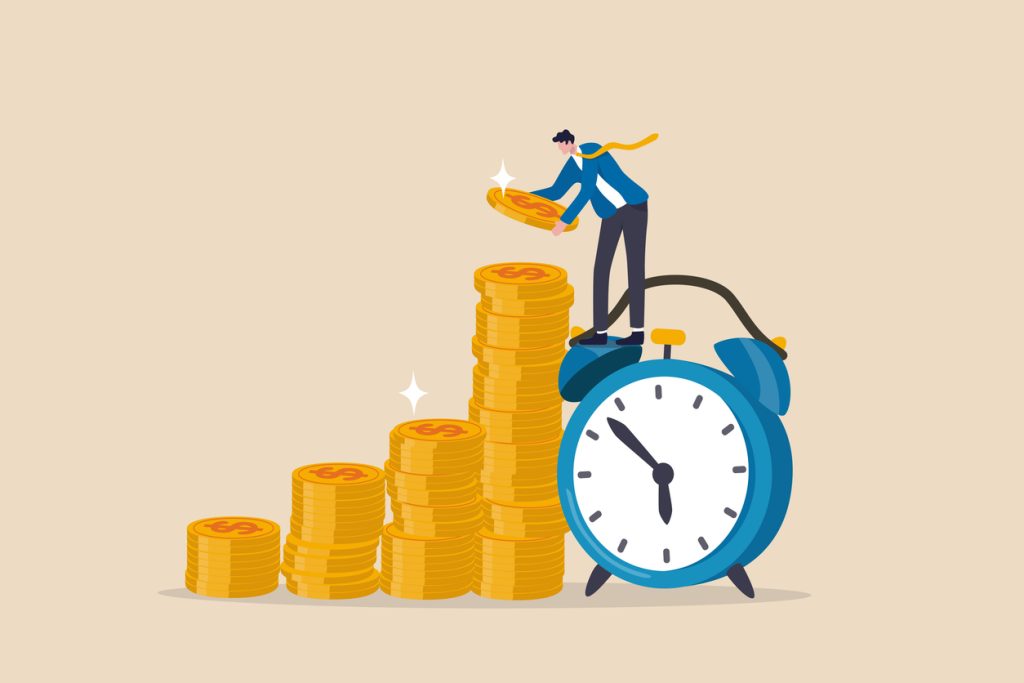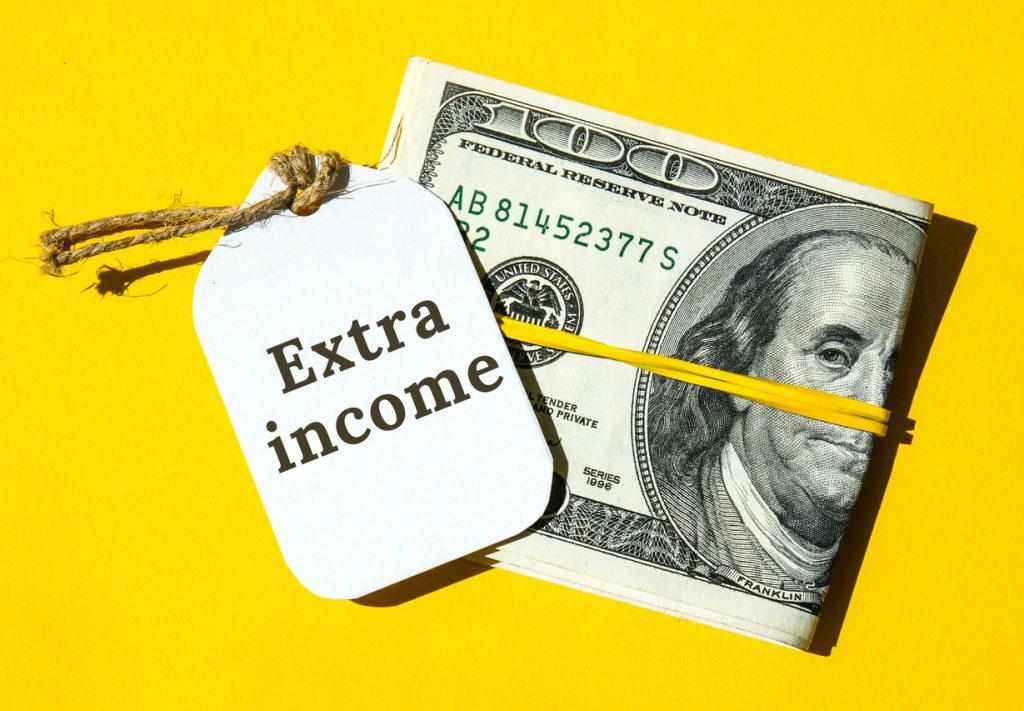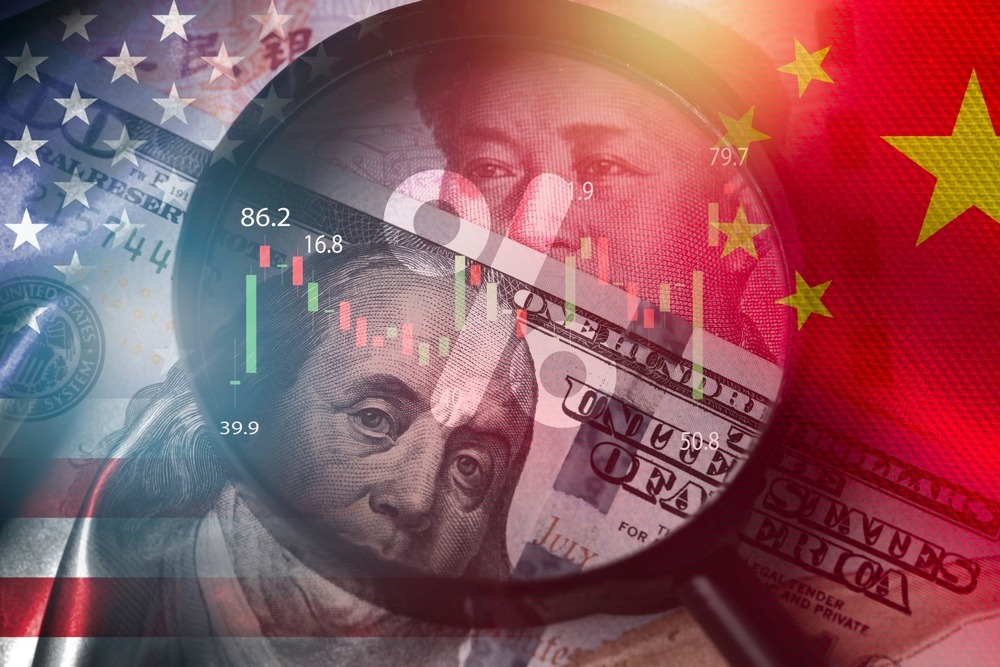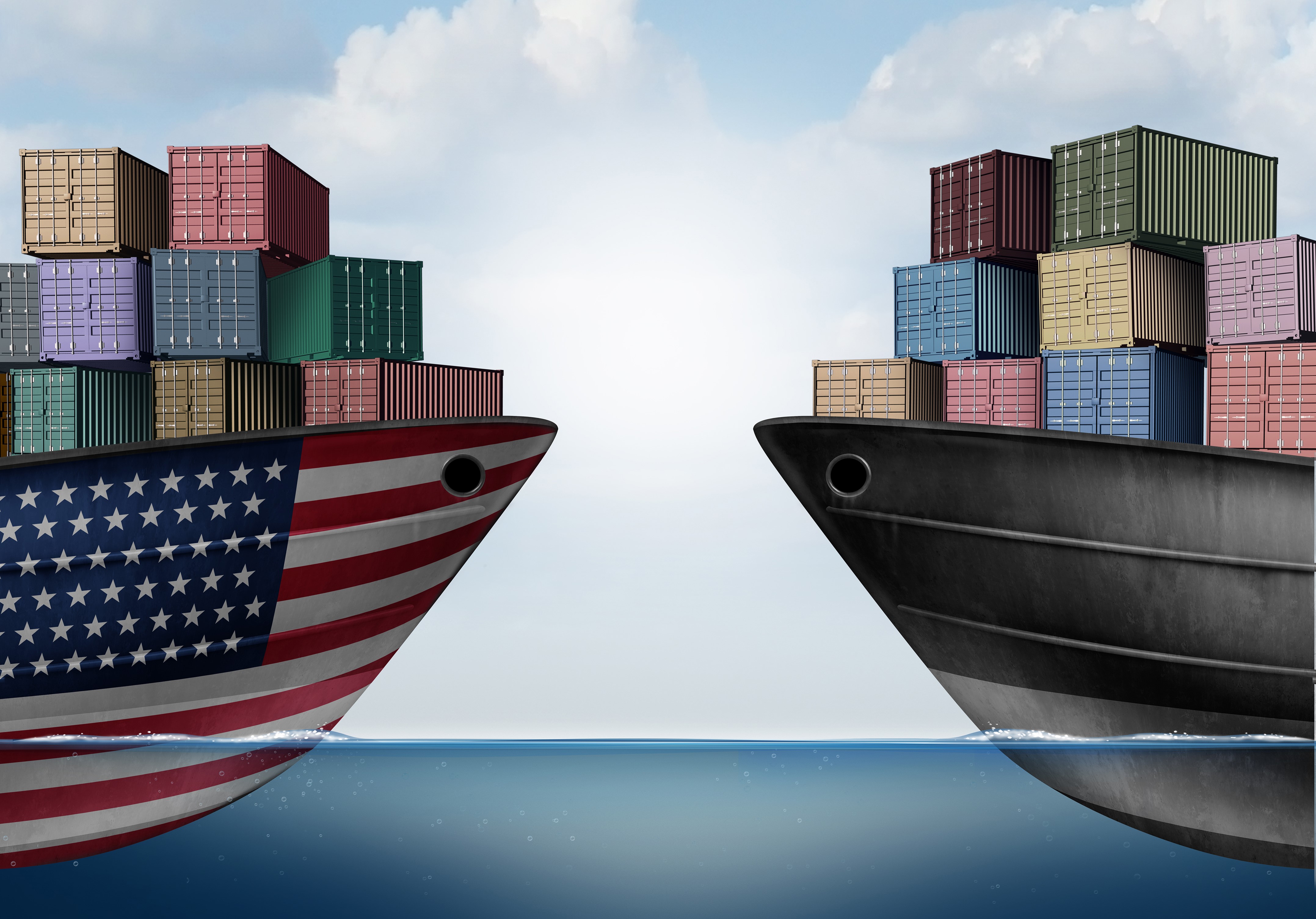What Is A Tariff?
A tariff is a tax or duty imposed by a government on imported or exported goods. Tariffs are used by countries as a tool to regulate international trade, control the flow of goods, and protect domestic industries from foreign competition. These taxes are typically calculated as a percentage of the value of the goods being imported or exported, though they can also be a fixed fee per unit. Tariffs play a crucial role in shaping global trade policies, influencing prices, and determining the competitiveness of different markets. President Donald Trump has proposed reintroducing tariffs on imported goods to boost domestic manufacturing, protect U.S. industries, and reduce reliance on foreign imports.
RELATED: Trump Announces New Tariffs on Mexico, Canada, and China

Purpose of Tariffs
Governments impose tariffs for a variety of reasons, including:
- Protecting Domestic Industries: One of the primary reasons for imposing tariffs is to protect local businesses from foreign competition. By making imported goods more expensive, tariffs encourage consumers to buy domestically produced goods, which helps local businesses thrive.
- Generating Revenue: In some cases, tariffs are used as a means to raise money for the government. This is especially common in developing countries or those that rely heavily on imports and exports for their economic activity.
- Regulating Trade: Tariffs can be used as a tool to manage the balance of trade between countries. By controlling the flow of imports, governments can influence the overall trade deficit or surplus.
- Political Leverage: Tariffs can also serve as a political tool in international relations. Governments may use tariffs to apply pressure on other countries to meet certain demands, such as improving labor rights, reducing environmental impact, or adhering to trade agreements.
- Encouraging Fair Trade Practices: Anti-dumping tariffs, for example, are used to prevent unfair trading practices, where foreign companies sell goods at prices lower than the market rate in the domestic market. This ensures that local businesses can compete fairly and do not face an unfair disadvantage.

'How Might This Play Out' - Impact of Tariffs
A Man, a BMW, and a Tariff
Meet John. John’s a middle-class guy living in suburban America. He’s been saving for years for his dream car—a black BMW X5 with red leather seats. It’s not just a car to John; it’s a statement. A way to show his neighbours, friends, and family that he’s made it. That all those late nights, early mornings, and skipped vacations paid off.
So, John heads to the dealership, ready to make his dream a reality. But then—bam—reality hits harder than a pothole. The sticker price on that BMW? It’s shot up from $75,000 to $90,000. The reason? Tariffs. A new 20% tariff on imported vehicles has slapped a hefty $15,000 surcharge on John’s dream car, and suddenly, his plans are on life support.
Dreams vs. Dollars
Now John’s stuck. He can’t unsee the X5. The sleek design, the precision handling, that intoxicating new car smell—it’s everything he’s been working toward. But is it $90,000-worth of everything? That extra $15,000 isn’t pocket change. It could go toward fixing up his house, paying down some bills, or even taking the family on the vacation they’ve been dreaming of.
His other option? A Cadillac XT6. It’s not bad—spacious, comfortable, and built right here in the good ol’ USA. It’s also way more affordable because it hasn’t been hit by the tariff hammer. But it’s not a BMW. And for John, that stings.

The Emotional Tug-of-War
This isn’t just about picking a car—it’s about everything the car represents. John’s always admired BMWs for their edgy style, their punchy performance, and, let’s be honest, the fact that driving one turns heads. The Cadillac, while nice, doesn’t scratch that same itch. If he goes with the XT6, will he always feel like he’s settled? Like the government made the choice for him?
On the flip side, if he coughs up the cash for the X5, every monthly payment will be a reminder of what the tariff cost him. It’s a lose-lose situation that’s enough to make anyone rethink their life choices—or at least their car preferences.
The Bigger Picture
But here’s the thing: John’s little car crisis isn’t just his problem. It’s a snapshot of how tariffs ripple through the economy. On one hand, Cadillac and other domestic brands could rake in more sales. Maybe even create more jobs. That sounds like a win, right? Sure, but with BMW and other importers losing ground, competition thins out—and when competition drops, prices go up. Always. It’s basic economics: fewer choices mean companies can charge more and innovate less.
And it doesn’t stop with cars. If other countries slap retaliatory tariffs on American goods, industries like agriculture, tech, and manufacturing could take a hit, leaving everyone—from farmers to factory workers—feeling the squeeze.
Where Does This Leave John?
So, what does John do? If he buys the Cadillac, he’ll support the domestic auto industry. Maybe even learn to love it. Or he’ll resent the whole situation, feeling like his dream was hijacked by trade policy. If he goes for the BMW, he gets his dream car, but at a painful premium—and that extra $15,000 won’t be easy to forget.
John’s story is more than just one guy’s dilemma. It’s a real-world example of how trade policies, tariffs, and political decisions trickle down to everyday folks. It’s about how those big headlines—“U.S. Imposes Tariffs on Imports”—become small, personal struggles that affect what we drive, what we buy, and how we live.

Types of Tariffs
There are several types of tariffs that governments can impose, each serving a different purpose. The most common types include:
- Ad Valorem Tariffs: These are tariffs calculated as a percentage of the value of the imported goods. For example, if a country imposes a 10% tariff on a $100 item, the importer would need to pay $10 in taxes.
- Specific Tariffs: These are fixed fees applied to each unit of goods imported, regardless of their value. For example, a specific tariff might be $5 per kilogram of imported coffee beans.
- Compound Tariffs: These combine both ad valorem and specific tariffs. For instance, a government may impose a 5% tariff on the value of an item, plus a fixed fee per unit, such as $2 per kilogram.
- Anti-Dumping Tariffs: These are imposed to prevent foreign companies from "dumping" goods into a domestic market at artificially low prices, often below the cost of production, to undercut local competition.
- Protective Tariffs: These are designed to shield domestic industries from foreign competition by making imported goods more expensive, thus encouraging consumers to buy locally produced goods.
- Revenue Tariffs: These are primarily aimed at generating revenue for the government rather than protecting domestic industries. Countries that do not have enough domestic industries to protect might use revenue tariffs to boost their finances.
RELATED: Stock Markets Waver Amid Trump's Tariff Warning.
A tariff is a powerful tool used by governments to regulate trade, protect local industries, and generate revenue. While tariffs can benefit domestic producers by shielding them from foreign competition, they can also lead to higher prices for consumers and spark retaliatory trade measures. The use of tariffs is a complex issue, with both advantages and disadvantages, and their impact is felt globally, influencing everything from consumer prices to international relations. Understanding the purpose and effects of tariffs is essential for navigating the world of international trade and commerce.










